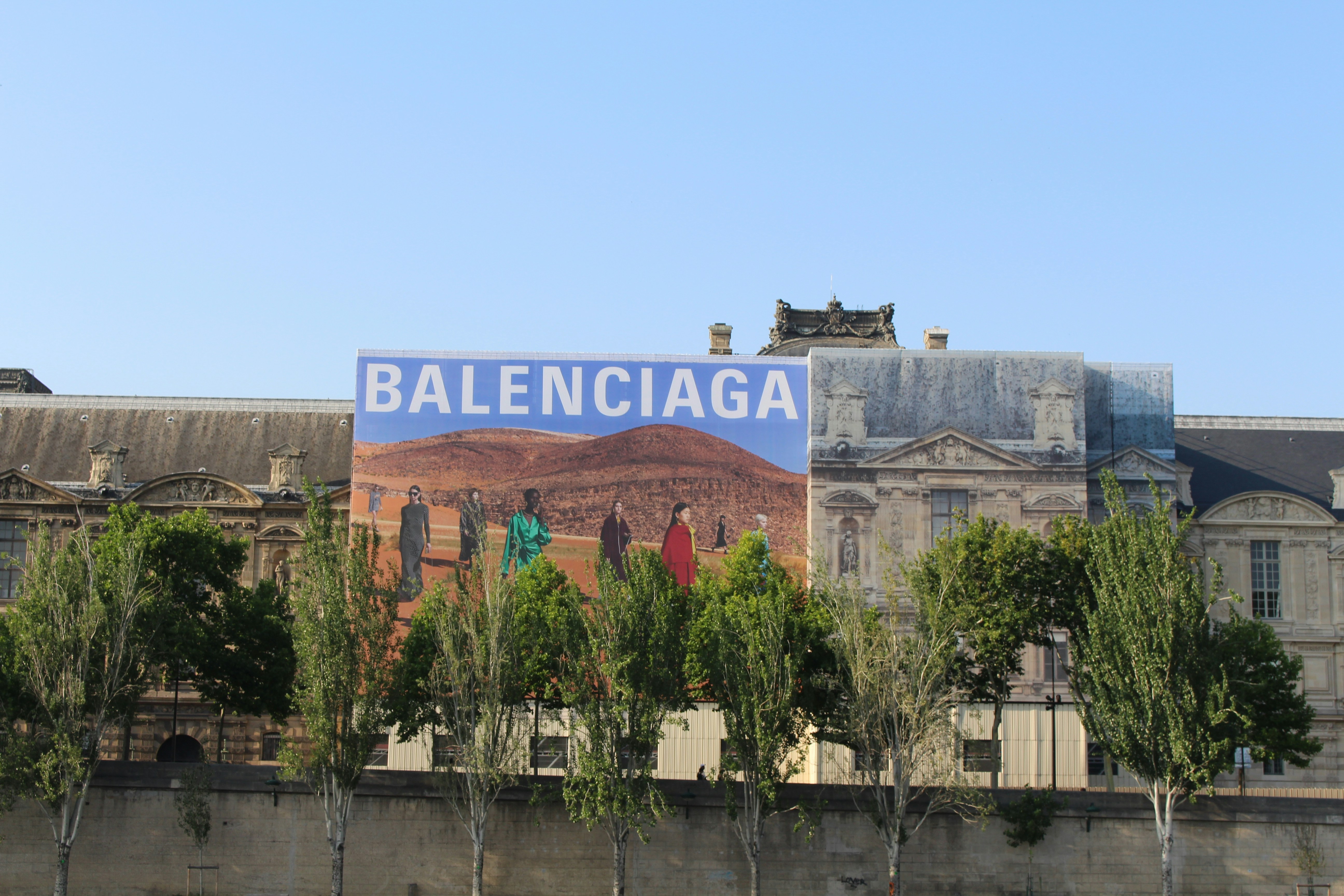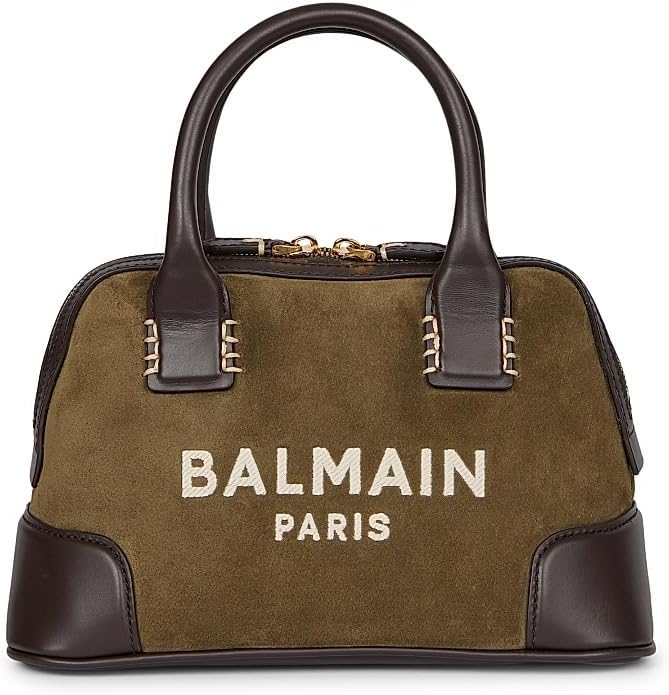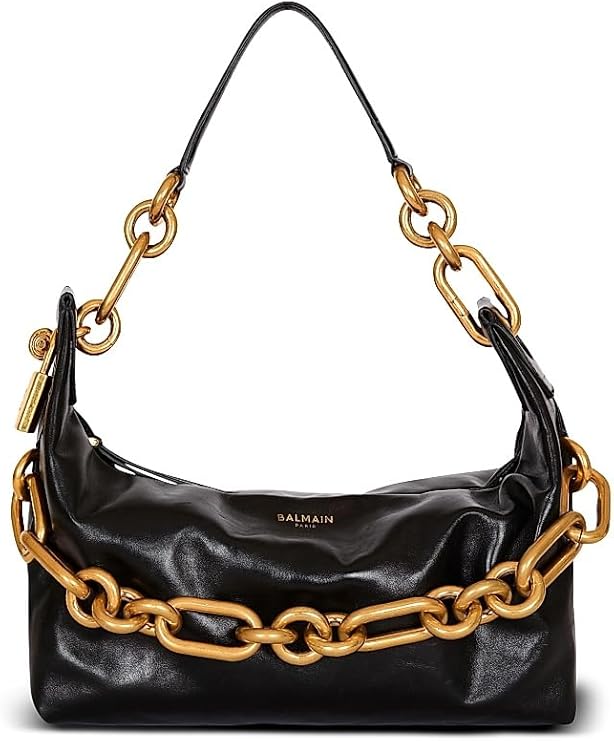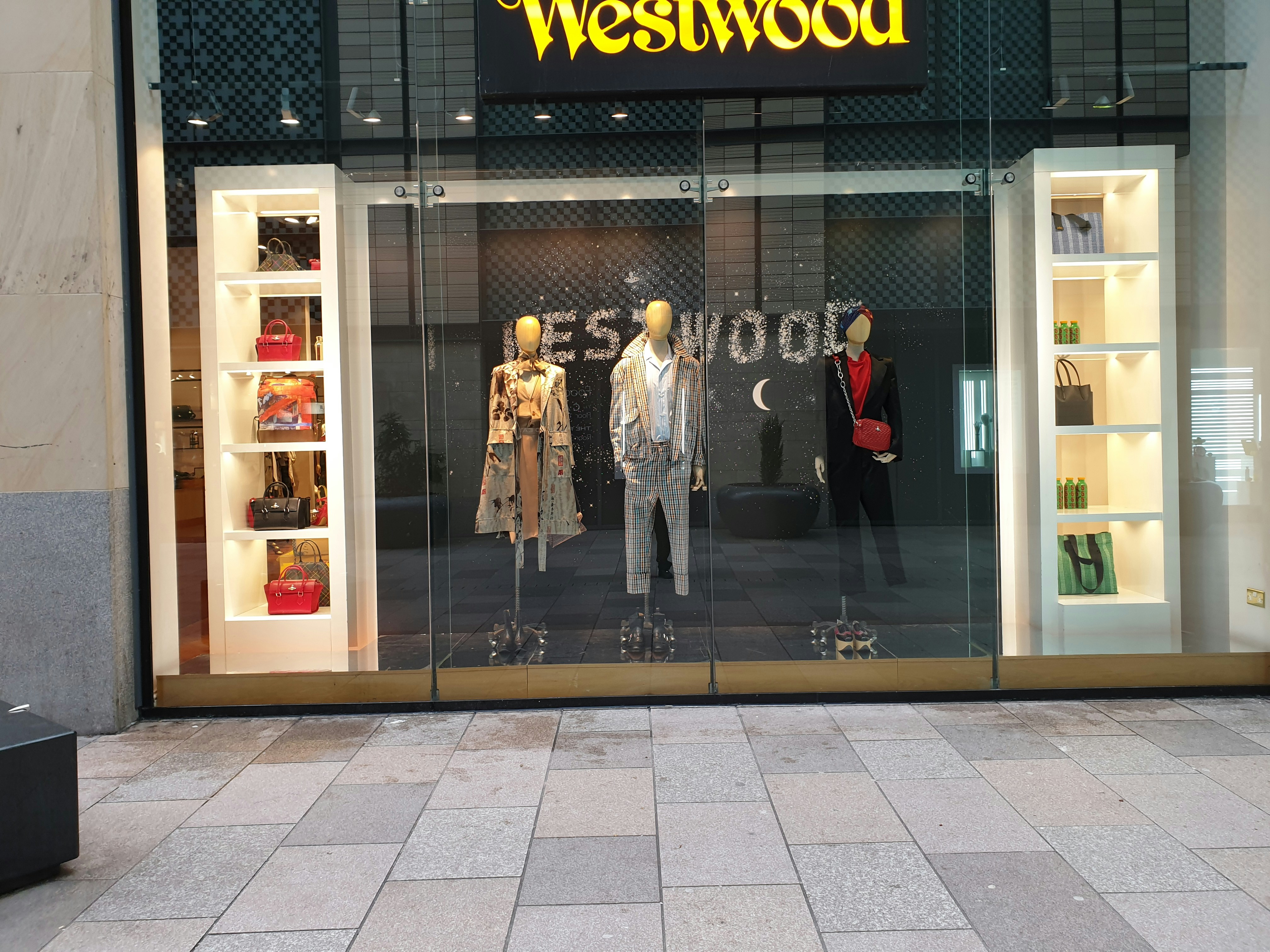The Origins of Balenciaga: A Legacy of Innovation
Founded in 1919 by the visionary designer Cristóbal Balenciaga in the coastal city of Getaria, Spain, Balenciaga has established itself as a pioneer in the fashion industry, known for its radical approach to design and sculptural tailoring. Balenciaga’s early life greatly influenced his design ethos; raised in a family of seamstresses, he developed a keen understanding of fabrics and tailoring from a young age. His formal education in couture began in San Sebastián, where he worked for local fashion houses, paving the way for his illustrious career.
The brand’s ascent to prominence began in the 1930s when Balenciaga opened his first boutique in Paris. It was here that he began to formulate his unique aesthetic, characterized by innovative silhouettes and a mastery of construction. His creations, exemplified by the “barrel” and “baby doll” dresses, redefined women’s fashion by emphasizing the sculptural aspects of clothing, allowing for an unprecedented freedom of movement. Balenciaga’s designs were not merely garments but wearable art, reflecting a deep commitment to technical excellence and craftsmanship.
Throughout his career, Balenciaga garnered a reputation among the elite as the “master of us all,” a title that showcased his influence over his contemporaries. His work resonated with innovative techniques that pushed the boundaries of traditional tailoring, securing a lasting legacy in the fashion arena. Even after his passing in 1972, his commitment to quality and avant-garde aesthetics continued to inspire fashion designers and brands worldwide. The foundation he laid has enabled Balenciaga to evolve while preserving the core principles of innovation and craftsmanship that have defined its identity for over a century.
Balenciaga in the Modern Era: Disrupting Conventional Fashion
Balenciaga, a hallmark of high fashion, has undergone a remarkable transformation in the modern era, most notably under the creative direction of Demna Gvasalia. Since assuming leadership in 2015, Gvasalia has propelled Balenciaga into the realm of streetwear, redefining the brand’s identity and approach to fashion. This strategic pivot can be seen within several collections that challenge traditional aesthetics and prioritize innovative designs that resonate with contemporary culture.
A cornerstone of this shift is the iconic Triple S sneaker, which has become a coveted symbol of the brand’s radical departure from conventional fashion norms. The sneaker’s chunky silhouette and unique design have sparked a global trend, solidifying Balenciaga’s position at the intersection of luxury and streetwear. This cultural significance extends beyond mere aesthetics; it embodies a collective embrace of comfort-driven fashion that speaks to the modern consumer’s values and lifestyle.
Moreover, Balenciaga’s marketing strategies have played a pivotal role in this evolution. By leveraging the power of social media and collaborations with influencers and street artists, the brand has cultivated a fresh, relatable image that resonates with a younger audience. This blend of high fashion and street culture has not only expanded the brand’s reach but also redefined luxury in the context of accessibility and authenticity.
Gvasalia’s avant-garde vision juxtaposes experimental designs with commercial viability, demonstrating that fashion can be both provocative and profitable. Balenciaga has successfully navigated this delicate balance, showcasing that the future of fashion may lie in its ability to disrupt the status quo while retaining its allure. As the brand continues to challenge established fashion conventions, it reaffirms its status as a leader in modern streetwear, influencing industry trends and consumer preferences alike.
The Sculptural Tailoring Philosophy: Design and Aesthetic
Balenciaga’s design ethos is rooted in its distinctive sculptural tailoring philosophy, which redefines the intersection of art and fashion. This approach is evident in the brand’s innovative silhouettes that often challenge the conventional standards of garment construction. Creative Director Demna Gvasalia has notably pushed these boundaries, promoting an avant-garde aesthetic that plays with proportions, volumes, and shapes. The clever manipulation of forms in Balenciaga’s collections exemplifies how fashion can transcend mere clothing to become an expressive medium.
In recent collections, the use of unconventional fabric choices has become a hallmark of Balenciaga’s offerings. Materials are selected not primarily for their traditional attributes but for their ability to contribute to a sculptural effect. This includes a range of textiles from neoprene to luxurious wool blends, which allow for dramatic cuts and unique textures that augment the garments’ overall silhouette. Each piece reflects a commitment to meticulous craftsmanship, with construction techniques emphasizing structure and form rather than relying solely on ornamentation.
The impact of Balenciaga’s sculptural tailoring philosophy extends beyond the brand itself, resonating within the broader fashion landscape. Many contemporary designers have drawn inspiration from Balenciaga’s approach, experimenting with structure and silhouette in ways that foster a new era of streetwear. The blending of high fashion with utilitarian elements serves to challenge and reshape consumer perceptions of style, urging them to embrace the unconventional. As a result, Balenciaga remains a pivotal force in modern fashion, reinforcing the idea that clothing can serve as an artistic statement.
Balenciaga and Kering: A Strategic Fashion Partnership
Balenciaga’s partnership with Kering has been instrumental in shaping its trajectory within the luxury fashion landscape. Established in 2013, this collaboration has provided Balenciaga with essential financial backing and access to a wide array of resources, enabling the brand to solidify its presence in the global market. Kering, a prominent luxury goods conglomerate, supports each brand within its portfolio by fostering a balance between creative freedom and operational efficiency. This strategic framework has empowered Balenciaga to explore innovative designs while remaining financially secure.
The implications of this relationship extend beyond financial support; Kering’s guidance has facilitated Balenciaga’s growth through shared expertise in brand management and distribution strategies. By leveraging Kering’s global reach, Balenciaga has been able to penetrate new markets and cater to a diverse clientele. The collaboration has allowed Balenciaga to position itself as a frontrunner in modern streetwear while maintaining its luxurious identity. This unique positioning is vital as consumer preferences continue to evolve, and the demand for high-fashion labels integrated into casual wear surges.
As the luxury fashion industry grapples with shifting demographics and increasing online engagement, Balenciaga’s adaptability becomes crucial. Kering has enabled the brand not only to respond to emerging trends but also to anticipate changes in consumer behavior. This proactive approach is reflected in Balenciaga’s willingness to experiment with unconventional designs, setting itself apart from traditional luxury brands.
Looking ahead, the partnership between Balenciaga and Kering promises to yield further innovation and resilience as they navigate the complexities of an ever-evolving fashion landscape. Their strategic alliance positions Balenciaga to continue influencing the streetwear sector while remaining attuned to the luxurious essence that defines its core identity.














